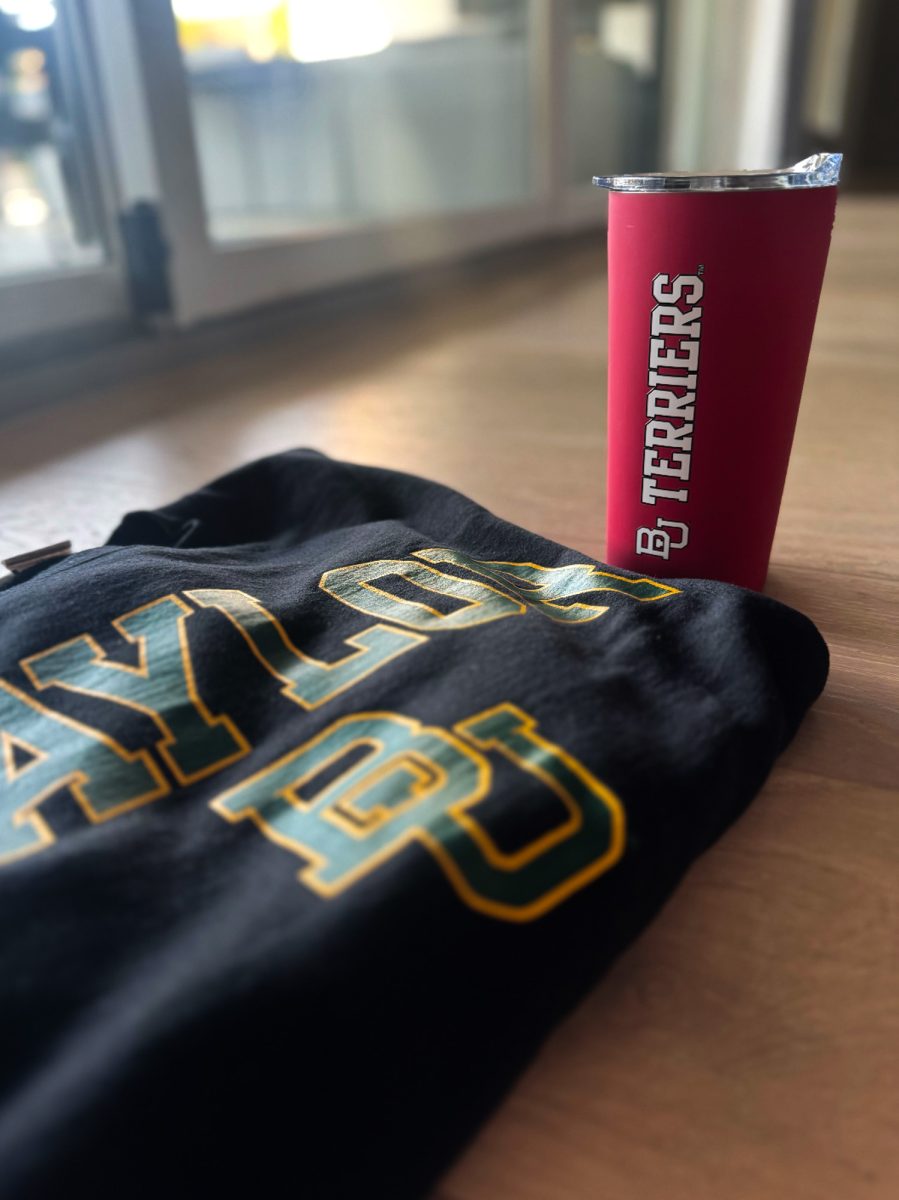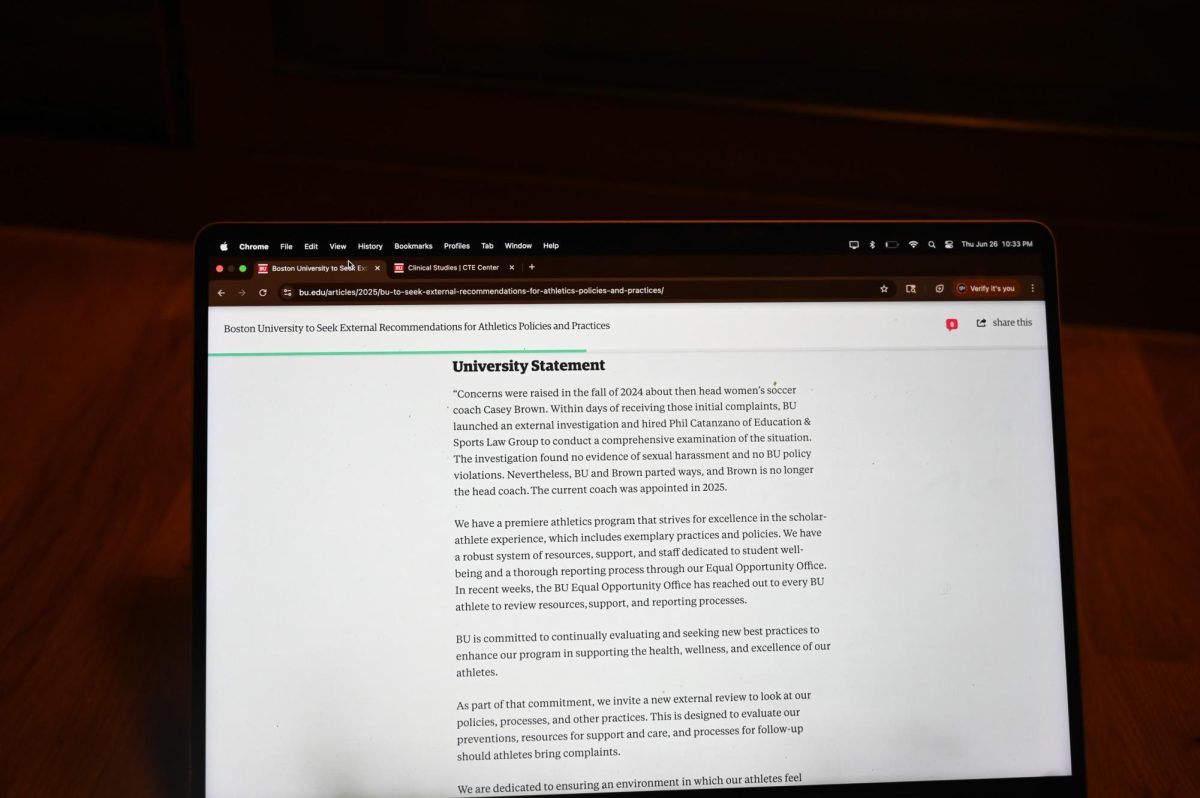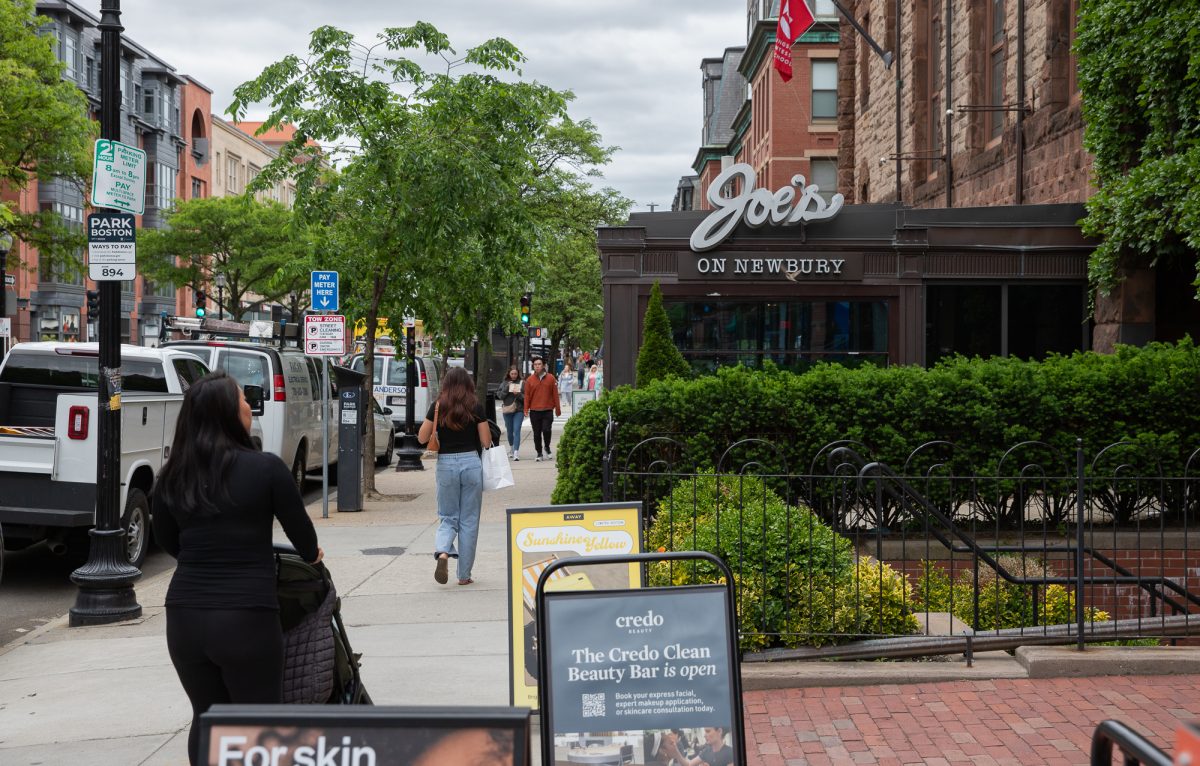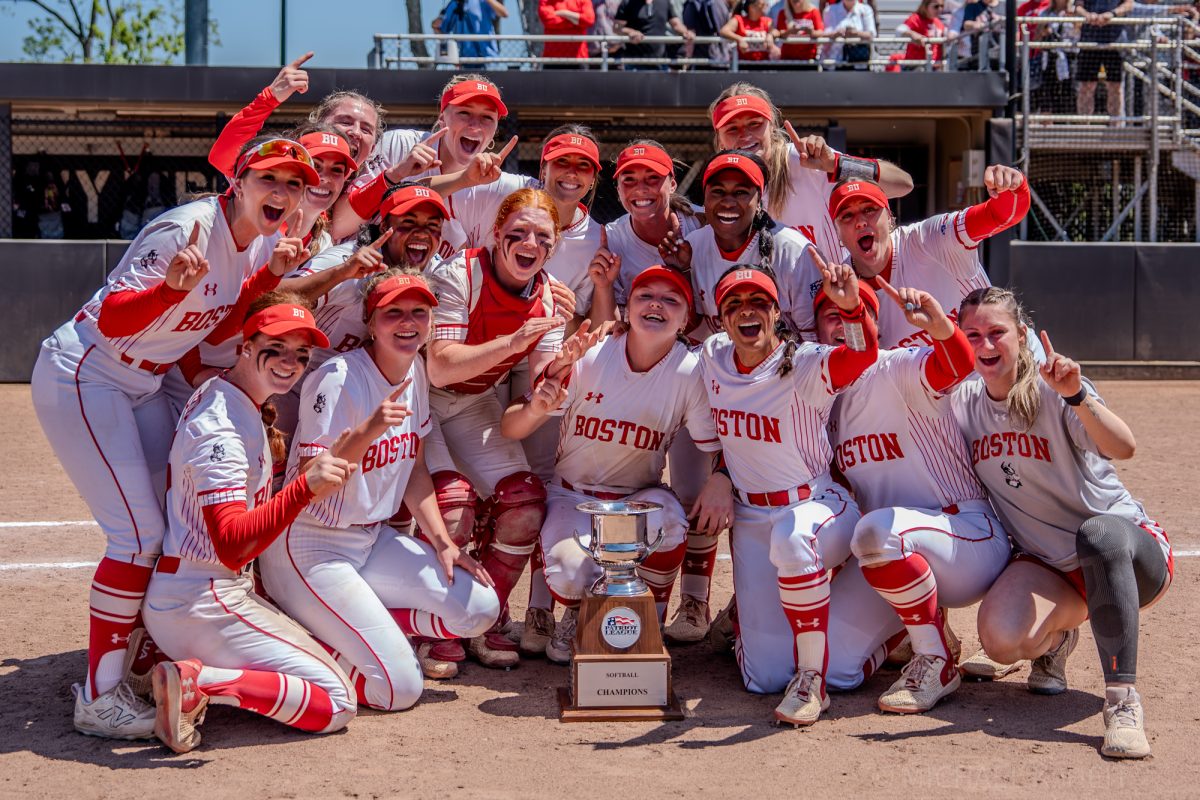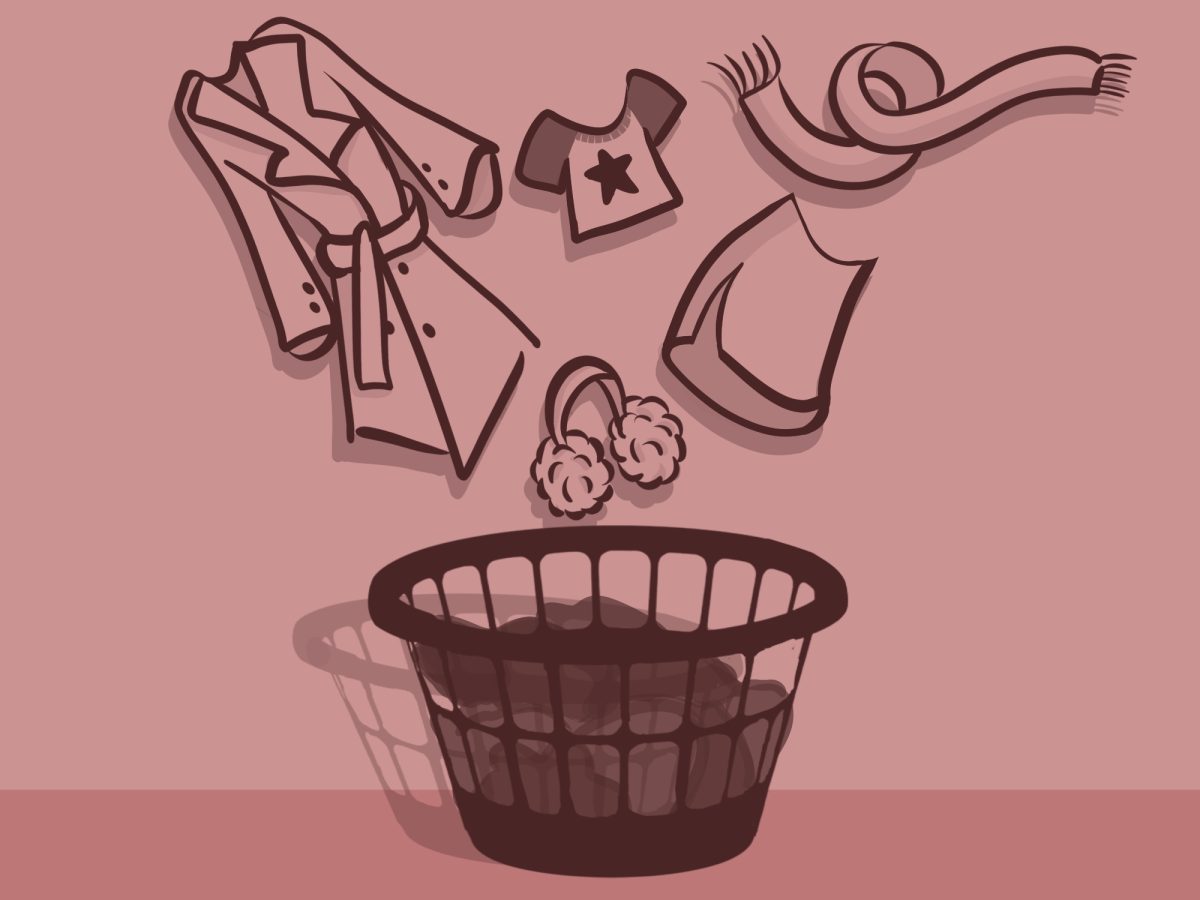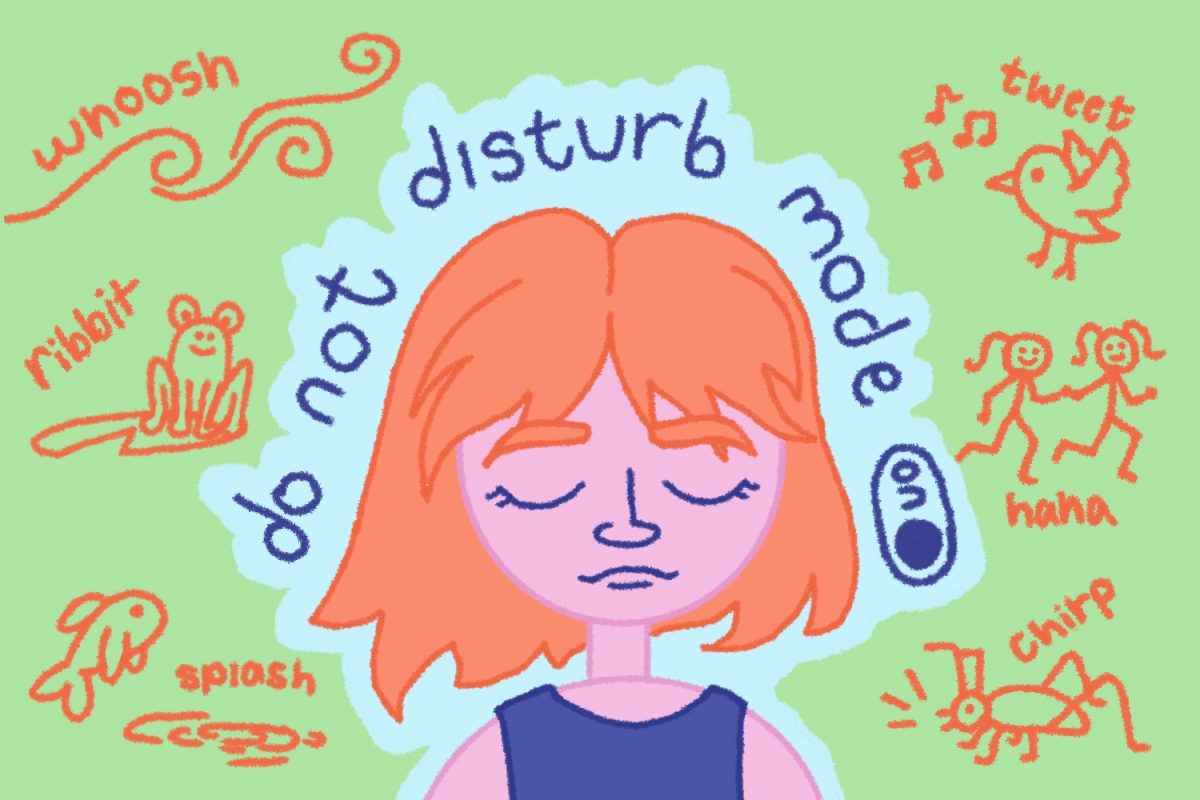Low-fat, low-calorie, zero trans fat, low sodium — grocery shoppers are always on the hunt for something new they think is vital to their diets. More recently added to that list on labels, antioxidants — which include vitamins E and C, flavonoids and beta carotene – are being marketed increasingly aggressively for their particular health benefits.
Last month, Agricultural Research Service scientists released a database that compares the antioxidant content of 277 different foods. But don’t attach the database to that grocery list — it’s not ready for consumers just yet, partially because simply reading the antioxidant level in foods doesn’t tell the whole story.
Although recent health reports cite the antioxidant capacities of a variety of foods, one antioxidant isn’t the same as another, and some scientists say consumers should know what to look for on their labels when they head to the store.
A + FOR ANTIOXIDANTS
“Get antioxidants however you can. Plant foods, fruits, vegetables, whole grains, nuts,” said Jeffrey Blumberg, nutrition scientist at the Human Nutrition Research Center on Aging at Tufts University. “Americans don’t eat enough [antioxidants].” About 90 percent of Americans are not meeting the Recommended Dietary Allowance of antioxidant vitamin E. Along with vitamin E, he said; vitamin C is also identified as a nutrient of concern.
Those antioxidants are compounds in foods that protect the body from free radicals that can proliferate as a result of eating, breathing or drinking certain substances such as tobacco smoke. Free radicals damage DNA and proteins and cause inflammation through cellular oxidation, said Boston University Nutrition and Fitness Center Assistant Director Alison Books.
“It is normal to have a certain amount of free radicals in the body; however, too many cause increased risk for diseases including heart disease and some cancers,” Books said.
So antioxidants are healthy, at times even vital.
But you don’t have to pick up something that boasts its antioxidant properties all over the label; in fact, if you do that, you could be misled – thus the reason the new database, the first of its kind, isn’t quite ready for grocery time.
A HEALTHY ANALYSIS
That’s because antioxidants are extremely complex, Blumberg said, with some absorbing better than others – so, no matter how much of certain kinds you consume, you might only absorb a small amount of beneficial nutrients.
This variety is far too multifaceted to be summed up in one database, Blumberg said. Some antioxidants are essential to life, including vitamin C, E, flavonoids and carotenes, while other compounds appear simply to promote better health, he said. There are at thousands of different antioxidants — at least 5,000 flavonoids alone — all with different potencies.
“People assume: ‘If I eat a lot of a certain food, then I am getting a lot of an antioxidant,’ but that is not the case,” Blumberg said. For example, with a food that is high in flavonoids, only about one percent of the flavonoids are actually absorbed in the body. But with a food high in vitamin C, almost 100 percent of the vitamin C is absorbed.
Both foods may have similar oxygen radical absorbance capacity scores — a method developed by chemist Ronald Prior and colleagues as a standard test for the scientific community to use when determining a food’s antioxidant rating as it appears in the database — but the vitamin C food is healthier because more of the antioxidants are absorbed, according to Blumberg.
He said that ORAC is just one test of the total amount of antioxidants in particular foods, and it also does not take into account that antioxidant compounds vary. “It is a useful research tool, but it is not valuable for consumers,” Blumberg said.
BENEATH THE LABEL
Though “antioxidant” is the new buzzword in the market, the best way to get the nutrients is common sense, eating a wide variety of foods, said senior nutritionist at the Center for Science in the Public Interest David Schardt.
“[It] is not necessarily the more you get, the better off you are.” Manufacturers know consumers are searching for those antioxidants, so they advertise food based on its antioxidant content. Many foods emphasize their natural content; some foods even add antioxidants in the form of vitamins. “This doesn’t necessarily replace natural antioxidants,” Schardt said.
THE DATABASE
“Antioxidants are, just as the name implies, molecules that inhibit oxidation in your blood,” said Ronald Prior, director of the United States Department of Agriculture’s antioxidant study at the Arkansas Children’s Nutrition Center. The ACNC worked with Agricultural Research Service researchers at the Nutrient Data Laboratory, part of the agency’s Beltsville Human Nutrition Center in Beltsville, Md.
The database includes fruits, vegetables, berries, nuts, grains, meat, fish, dairy products, various spices and alcoholic beverages, and is a compilation of data from other countries and specific groups within the United States. It also contains some foods that are more specific to Native American and Alaskan Natives’ diets, according to the report.
For each of the 277 food items, the database compiles different ORAC, including hydrophilic-ORAC, lipophilic-ORAC and total ORAC values reported as the Trolox equivalents per 100 grams of that food.
The average person should get 12,000 micromoles Trolox equivalents daily — the same as six or seven fruits, Prior said.
“Of course that level of antioxidants varies depending on several factors,” said Prior, “including the amount of energy you expend during the day, and whether or not you smoke.”
According to the database, one cup of walnuts has 13,541 micromoles Trolox equivalents — the level of antioxidants as measured in specific foods — a little more than the total recommended daily value. About 100 grams of raw broccoli has 3,083 micromoles of Trolox equivalents.
MUCH MORE TO FIND
“The study [to compile the new database] began in 2000,” said Prior. “Although there is still little data at this point.”
Other methods of antioxidant capacity measure different radical or oxidant sources which generate different values including ferric ion reducing antioxidant power and the trolox equivalence antioxidant capacity. AC values differ for a variety of reasons including growing conditions, harvesting, food processing and preparation, sampling and analytical procedures. ARS scientists claim it is impossible to develop a relationship bridging any two methods across a wide spectrum of foods because antioxidant compounds having different chemical structures interact with radical sources differently, according to the 2007 ARS report.
FOLLOW THE FOOD PYRAMID
In addition to vegetables such as artichokes, beans, blueberries and cranberries, dark chocolate and wine contains antioxidants.
“The main problem with chocolate is calories,” said Clinical Assistant Professor and Director of Programs in Nutrition at Boston University, Roberta Durschlag. Additionally, she said, it’s a “slippery slope” to start recommending that people drink wine, because you never know who will abuse it.
Durschlag said that students are aware enough about antioxidants, but most people “make too much fuss” over them. Although some may not know the exact nature of them, some students like Kara Rosenthal, a College of Communication junior, said “I’m not sure what antioxidants are, but I think of them as something that fights off disease, is healthy for you, and your body. Mostly I associate it with green tea.”
Caitlin Cox, a College of Arts and Sciences sophomore, said, “In general, I don’t even pay attention to how many antioxidants I get.”
But for those who are concerned, “What I would recommend,” said Durschlag, “is to just eat more fruits and vegetables.”


